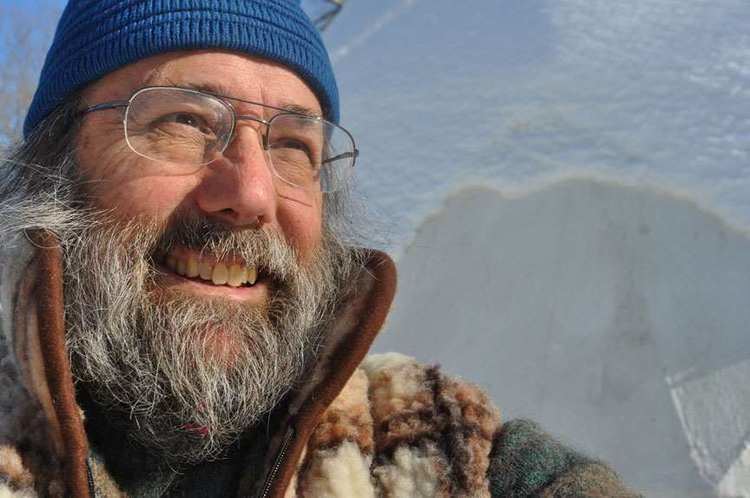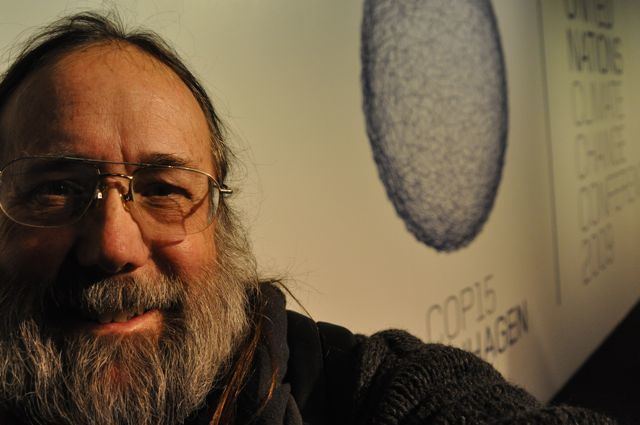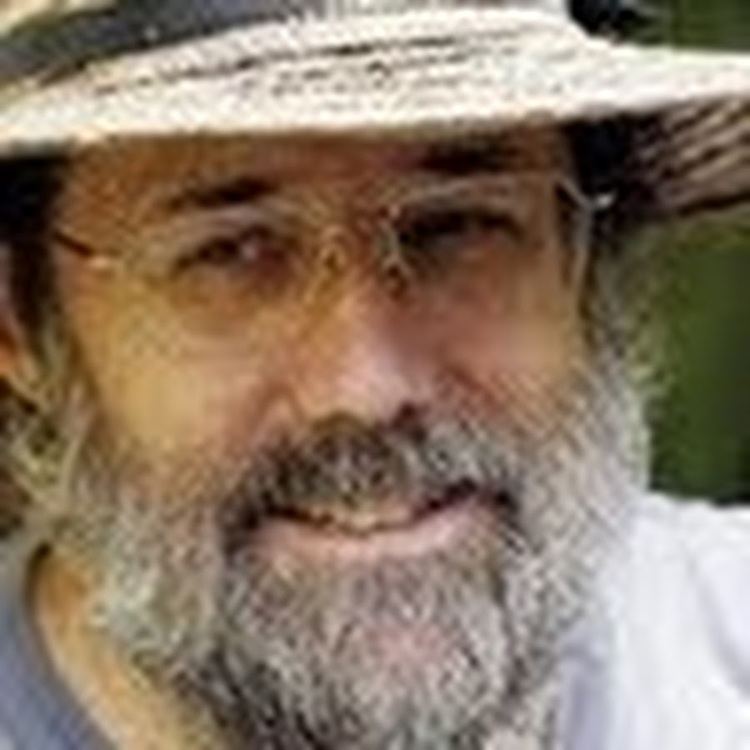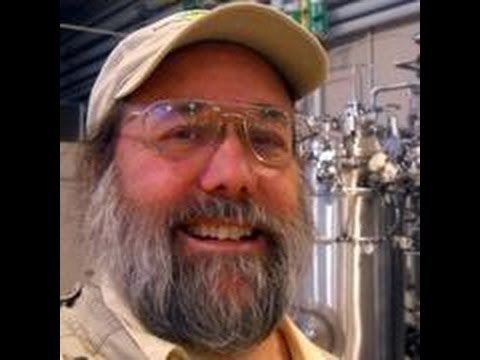Name Albert Bates | Role Lawyer | |
 | ||
Books The Biochar Solution, Climate in Crisis: The Greenho, The Post‑Petroleum Survival Similar People Dmitry Orlov, Stephen Gaskin, Richard Heinberg, John Michael Greer | ||
Albert bates cool eco village responses to climate change ipc11
Albert Kealiinui Bates (born January 1, 1947 at Honolulu, Hawaii Federal Territory) is an influential figure in the intentional community and ecovillage movements.A lawyer, author and teacher, he has been director of the Global Village Institute for Appropriate Technology since 1984 and of the Ecovillage Training Center at The Farm in Summertown, Tennessee since 1994.
Contents
- Albert bates cool eco village responses to climate change ipc11
- Albert bates iii the biochar solution
- Published works
- References
Bates has been a resident of The Farm since 1972. A former attorney, he argued environmental and civil rights cases before the U.S. Supreme Court and drafted a number of legislative Acts during a 26-year legal career. The holder of a number of design patents, Bates invented the concentrating photovoltaic arrays and solar-powered automobile displayed at the 1982 World's Fair. He served on the steering committee of Plenty International for 18 years, focussing on relief and development work with indigenous peoples, human rights and the environment. An emergency medical technician (EMT), he was a founding member of The Farm Ambulance Service. He was also a licensed Amateur Radio operator.

Bates first came to national prominence in 1978 when he sued to shut down the entire U.S. nuclear fuel cycle from mines to waste repositories. The case, which went four times to the United States Supreme Court and was later profiled in a law review article and two books, was ultimately unsuccessful but raised troubling questions about the health effects of nuclear energy and the ethical dimensions — and civil liberties implications — of the federal role in promoting it.

Bates has played a major role in the ecovillage movement as one of the organizers of the Global Ecovillage Network (GEN), and served as GEN's chairman of the board (from 2002 to 2003) and president (from 2003 to 2004). He was also the principal organizer of the Ecovillage Network of the Americas and served as its president (from 1996 to 2003). In 1994 he founded the Ecovillage Training Center, a "whole systems immersion experience of ecovillage living." He has taught courses in sustainable design, natural building, permaculture and technologies of the future to students from more than 50 nations.

Bates' Climate in Crisis (1990) was the first book published on web (rolled paper) press using a 100% recycled product without chemically removing clays or inks.

Since the mid-1980s, Bates has been planting a private forest to sequester carbon dioxide and related greenhouse gas emissions from travel, business and personal activities. At 40 acres under mixed-age, mixed-species, climate-resilient management, primarily being managed for ecosystem services, that forest now annually plants itself as it expands.
In 1980, Bates shared in the first Right Livelihood Award as part of the executive board of Plenty International. In 2012, he received the Gaia Award from Gaia Trust of Denmark for his efforts in fostering the ecovillage movement.
In the mid 1990s, Bates inspired Vinay Gupta to design the Hexayurt when he asked him if he could design a geodesic dome without waste.
Albert Bates is the great-great-great-great Grandson of Issachar Bates, Revolutionary War fife major and among the most prolific poets and song writers among the early 19th century Shakers, whose 1805 house is a National Historic Landmark in Shaker Village of Pleasant Hill, Kentucky. Bates is also related to Katherine Lee Bates, author of the lyrics to America the Beautiful. The Bates family traces its arrival in North America from England to four Puritan families who sailed aboard the Winthrop Fleet in 1630 and settled in Massachusetts.
Albert bates iii the biochar solution
Published works
Bates is author of many books on law, energy, history and environment, including:
The Post-petroleum Survival Guide and Cookbook: Recipes for Changing Times, was published in 2006. In it Bates examines the transition from a society based on abundant cheap petroleum to one of "compelled conservation." The book looks at the ways of preparing for this transition. He regards the coming change as an opportunity to "redeem our essential interconnectedness with nature and with each other."
In his introduction, Bates outlines the realities of declining fossil energy and global climate change. He puts forward a "twelve step petrochemical addiction recovery program," from post-growth economics through methods to conserve fresh water, manage wastes, generate energy, produce and store food, and travel without the aid of fossil fuels. As a review by Ryan McGreal states: "The central message in this book is sustainability and permaculture. A recurring theme is that every waste product is something else's food, and that the most sustainable arrangement works with the prevailing conditions, not against them." McGreal summarizes Bates' proposals for human adaptation as follows:
"Instead of wasting energy trying to fight nature, it makes more sense to understand nature and use it to your mutual benefit. This, of course, means the end of one-size-fits-all industrial solutions and a return to decentralized, idiosyncratic plans based on local conditions."The Biochar Solution: Carbon Farming and Climate Change, was published in 2010. In it Bates traces the evolution of carbon-enriching agriculture from the ancient black soils of the Amazon to its reappearance as a modern climate restoration strategy.
In The Biochar Solution, Bates repeats the urgency of declining fossil energy, especially in the context of chemical and energy-intensive progressive agriculture and global climate change. He proposes a carbon-oriented agricultural revolution that could double world food supplies while simultaneously building soil fertility and lowering atmospheric and oceanic concentrations of carbon. Bates suggests that, if sourced cautiously, biochar energy systems could eliminate fossil fuel dependency, bring new life to desertified landscapes, purify drinking water, and build carbon-negative homes, communities and economies. Peter Bane, the editor of Permaculture Activist, describes Bates' talents in this way:
"If there is a smart, multi-functional, low-cost, democratic strategy that can help to pull carbon out of the atmosphere, it's probably in this book: chinampas, step-harvest planting of trees (with six times the carbon density per acre), harnessing youth to the task, agroforestry, greening the desert, uneven-aged forest management, carbon farming, the soil food web, and more. Each of these gets a relatively brief, punchy, and fairly technical description. Bates is a good and stylish writer; he has an ear for the pithy phrase, and reading him is generally a pleasure. This book, based on original scholarship, vast knowledge of a rapidly changing global field, and the arcana of many loosely linked disciplines brings the skills and interests of its polymath author together for a supremely important purpose."Bates' most ambitious work to date is The Paris Agreement: the best chance we have to save the one planet we've got, published just weeks after the close of COP-21, the United Nations Conference on Climate Change in December, 2015. The book follows Bates' year-long travels leading up to the Paris conference, the delicate and often fractious negotiations, and dissects the final document agreed to by 196 countries. From inside the halls of Le Bourget to boating the Seine with indigenous peoples there to protest the talks, Bates provides a behind-the-scenes look at what may some day be thought the pivotal moment in human history.
